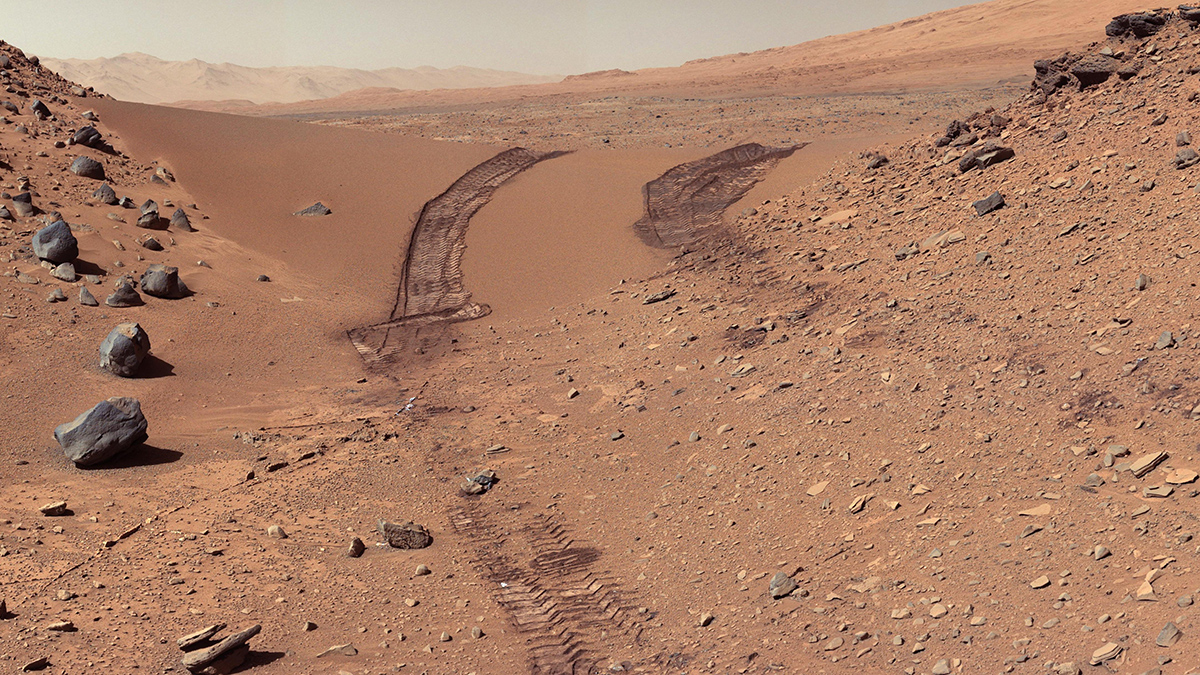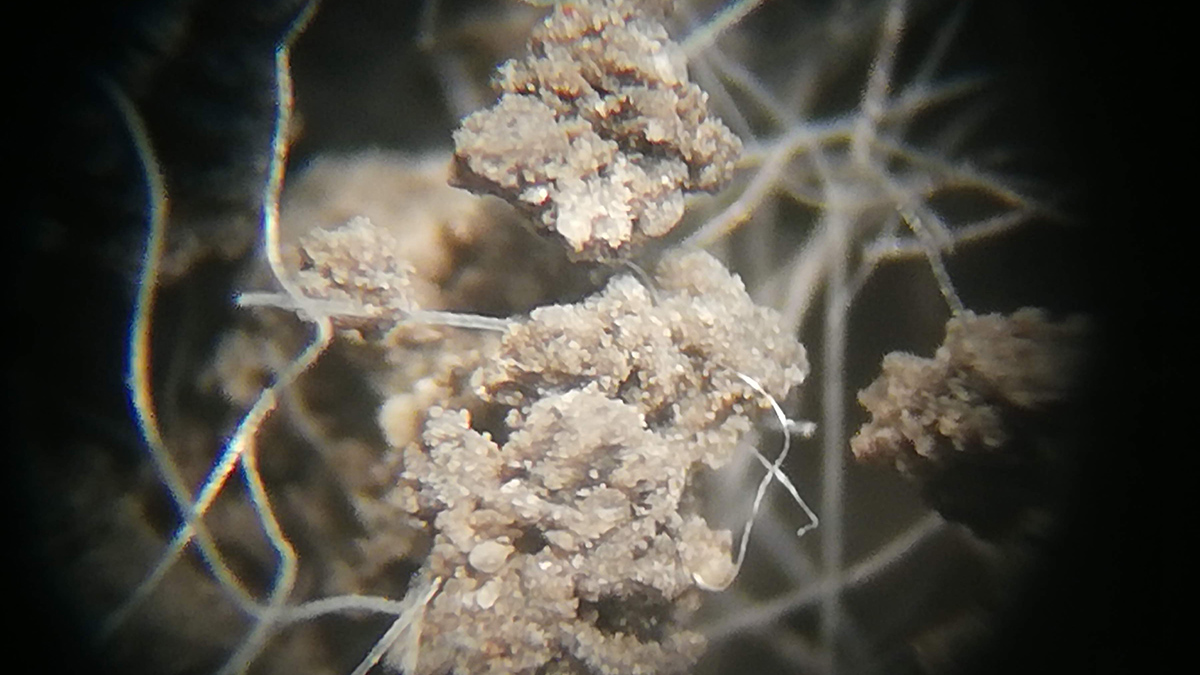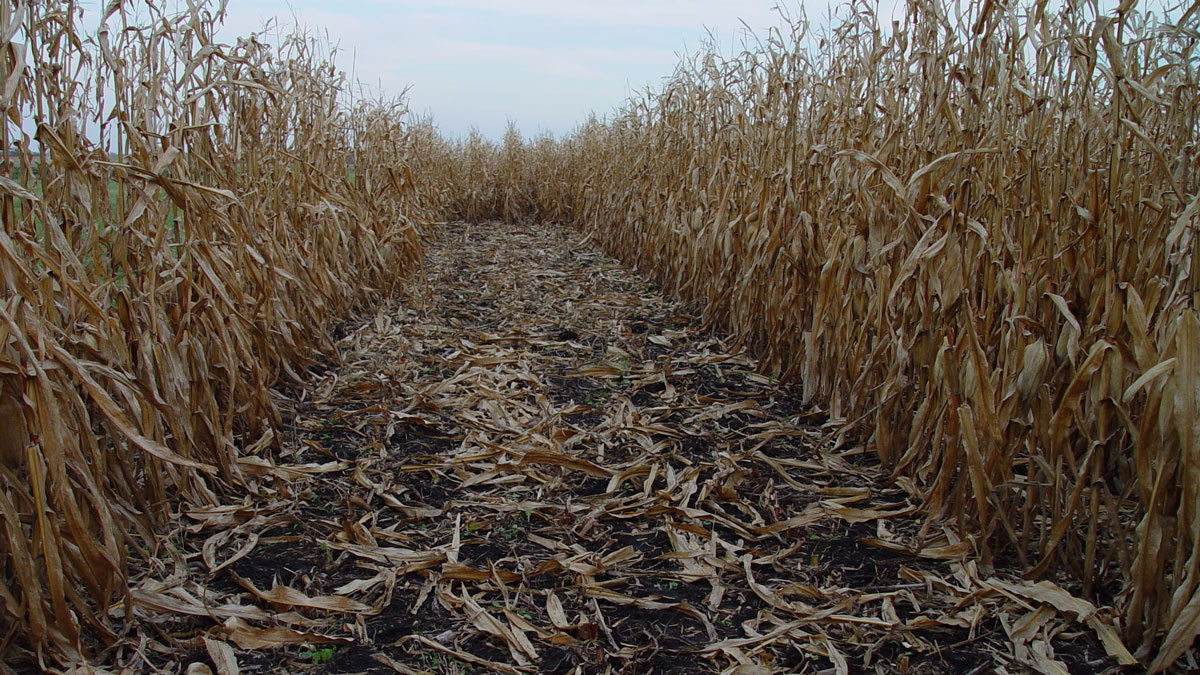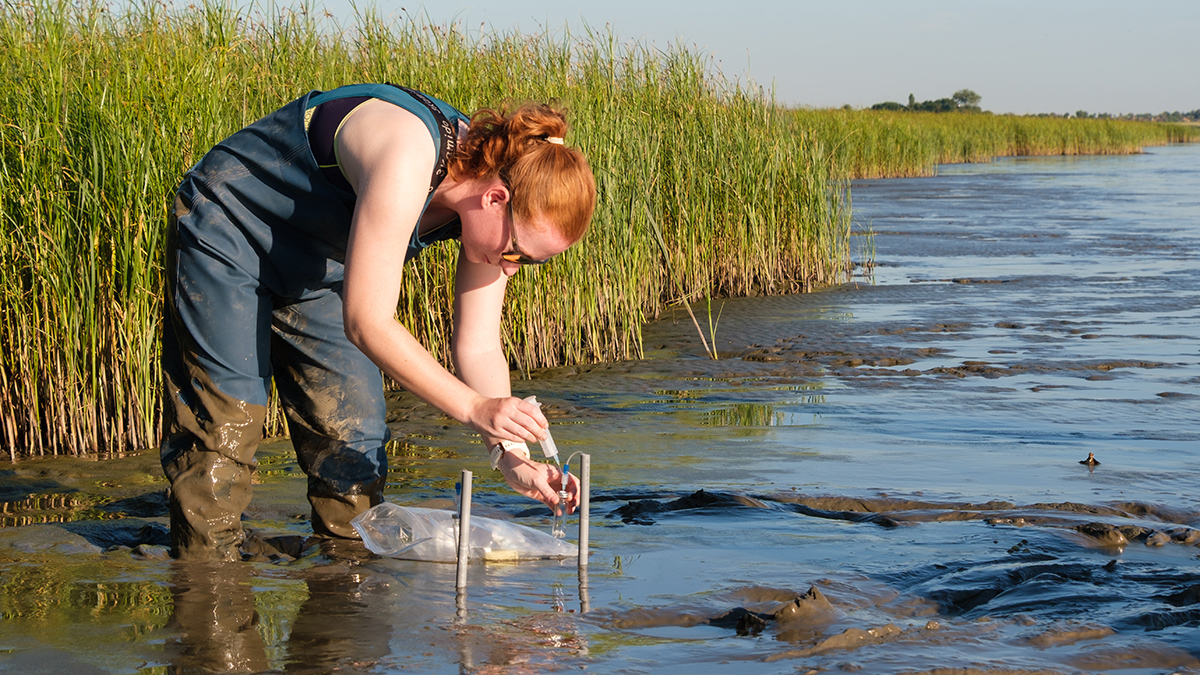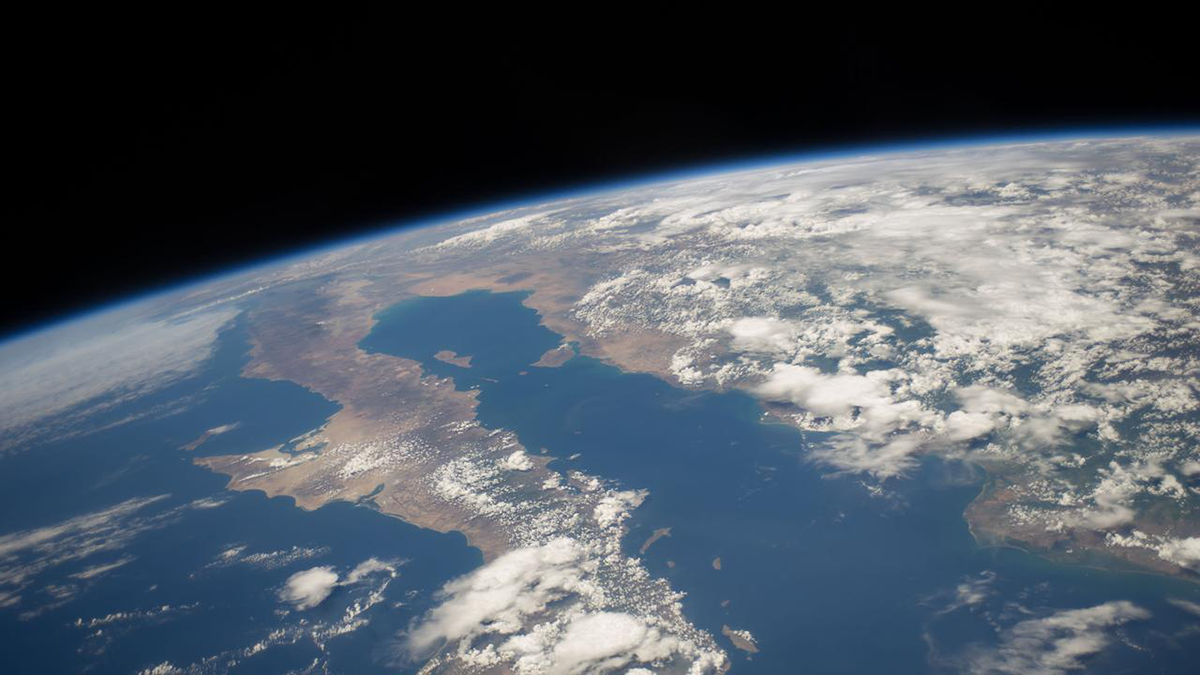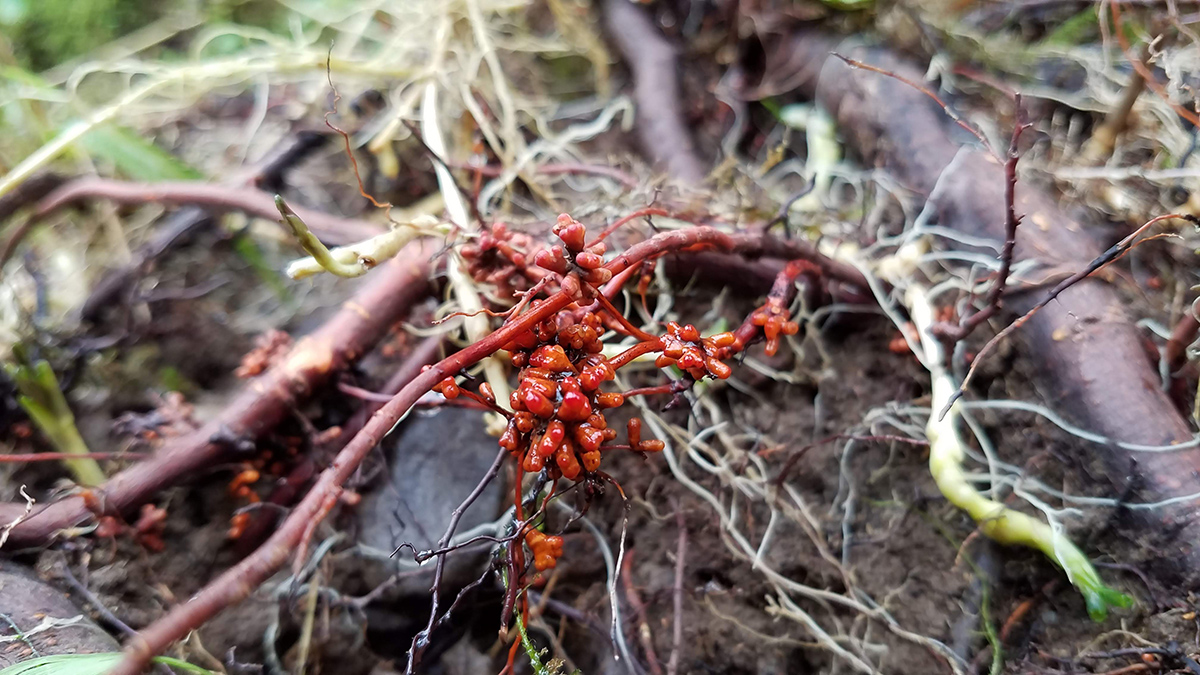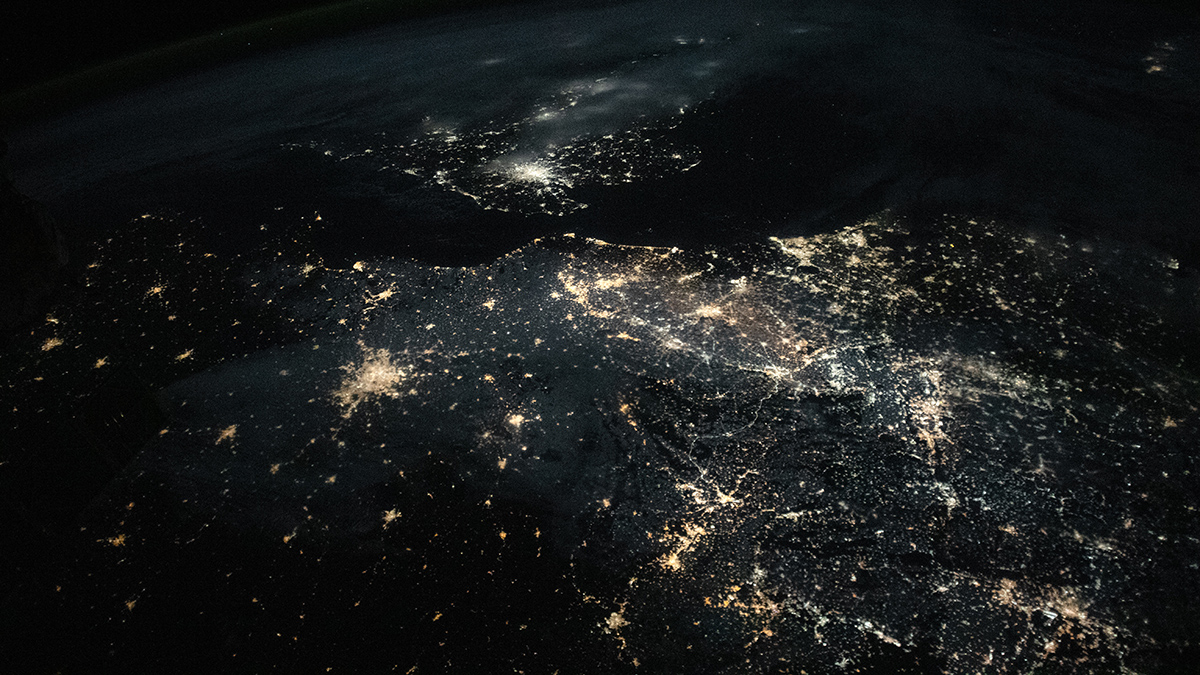A new study offers tantalizing evidence that filamentous fungi extending from roots, along with treated astronaut waste, could provide sufficient scaffolding to help plants grow in planetary regolith.
plants
Microplastics Have Widely Varying Effects on Soil
A new study finds that a microplastic concentration of just 0.4% alters the drainage of soil, which could affect the growth of crops and other plants.
How Might Leftover Corn Stalks Halt Fugitive Carbon?
Bio-oil made from plant waste could help limit carbon emissions from orphaned oil and gas wells. But would it help or hinder farmers’ bottom line?
Tracing Iron’s Invisible Transformations Just Beneath Our Feet
A new method that adds synthetic iron minerals to soils sheds light on hard-to-observe soil and sediment processes and may have a host of other applications in the Earth sciences and beyond.
Rising CO2 and Climate Change Reorganize Global Terrestrial Carbon Cycling
Rising CO2 and climate change are redistributing terrestrial carbon fluxes and reservoirs across latitudes and reducing carbon residence times globally.
Nitrogen Needs Could Be Limiting Nature’s Carbon Capacity
A new study suggests that past calculations of biological nitrogen fixation were overestimated by up to 66%—and that farms growing nitrogen-fixing crops may be filling in the gaps, for better or worse.
Artificial Light Lengthens the Urban Growing Season
New research shows that artificial light at night lengthens the plant growing season in cities, overshadowing the effect of high urban temperatures.
Machine Learning Model Flags Early, Invisible Signs of Marsh Decline
Decreases in underground plant biomass could signal future marsh loss and prompt conservation measures.
How Plants Respond to Scattered Sunlight
A new study investigates how diffuse light affects evapotranspiration and carbon uptake across forest, grassland, shrub, and agricultural areas.
As Climate Changes, So Do Gardens Across the United States
Warmer winter temperatures have altered frost patterns and growing seasons across the United States, forcing botanical gardens and arboretums to adapt.

